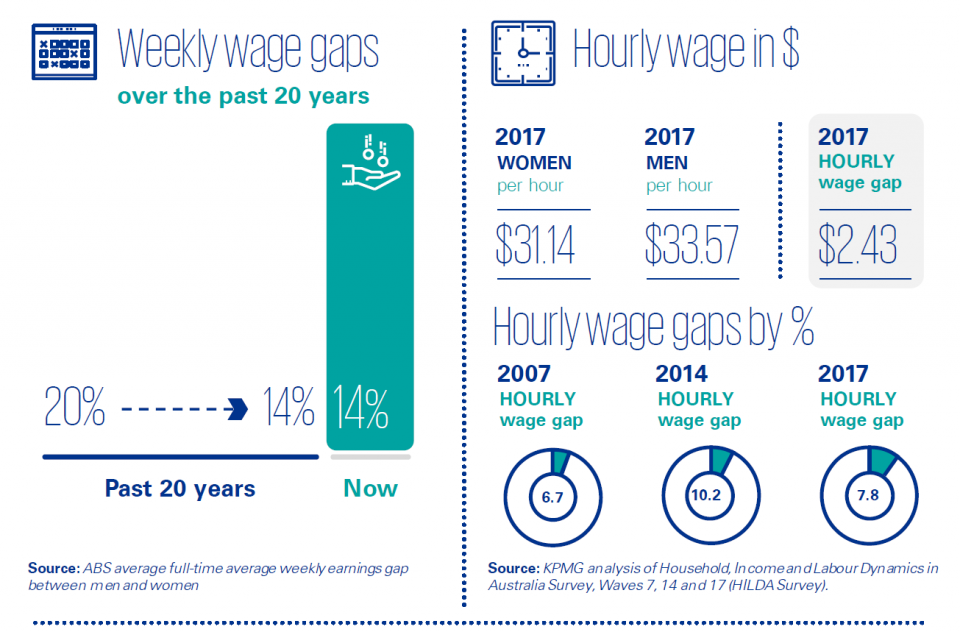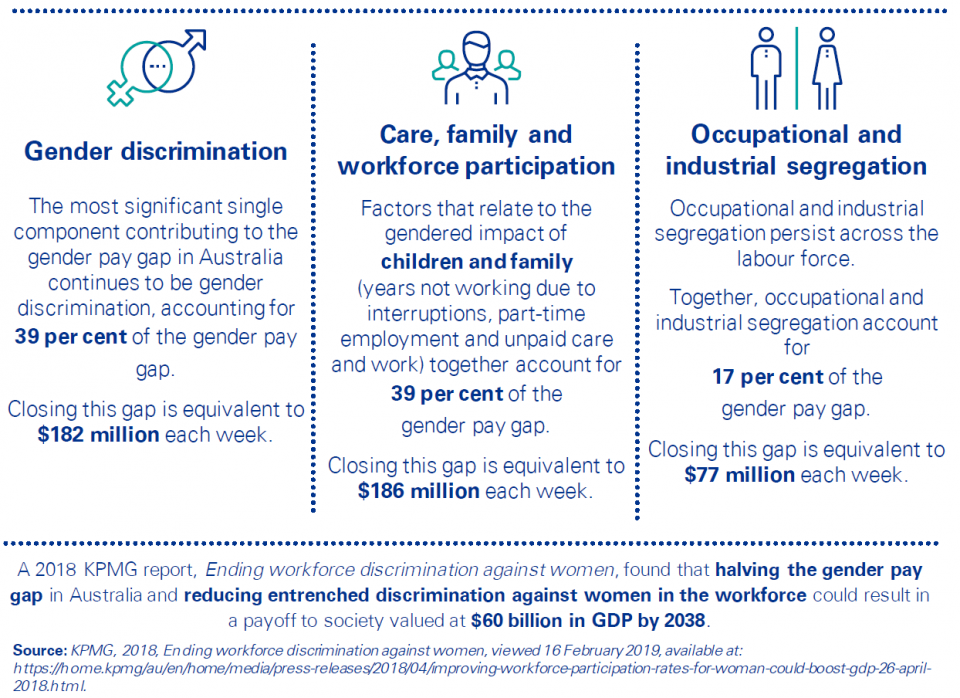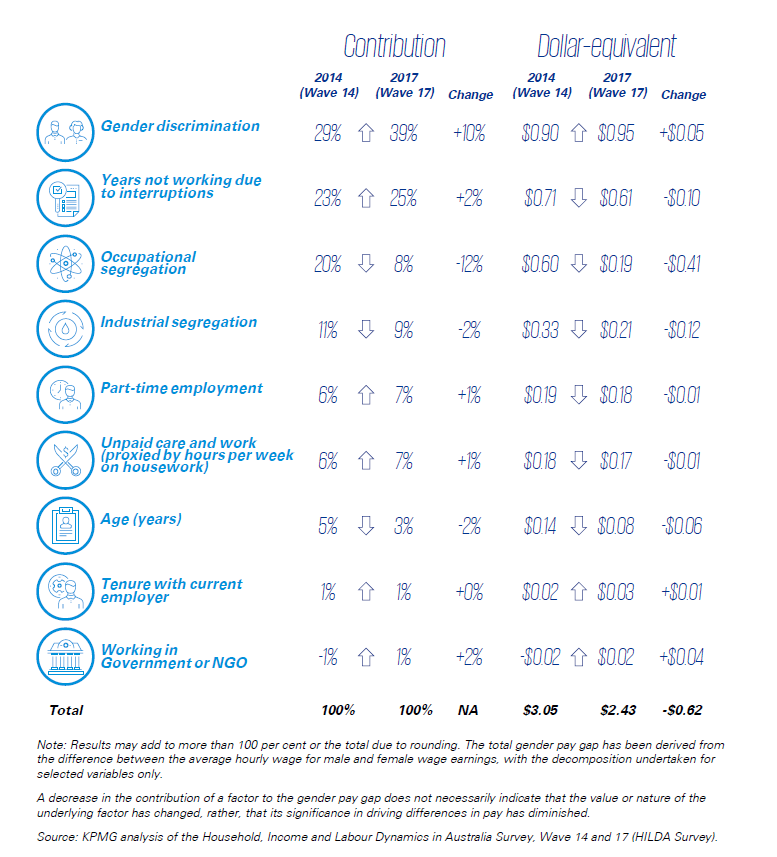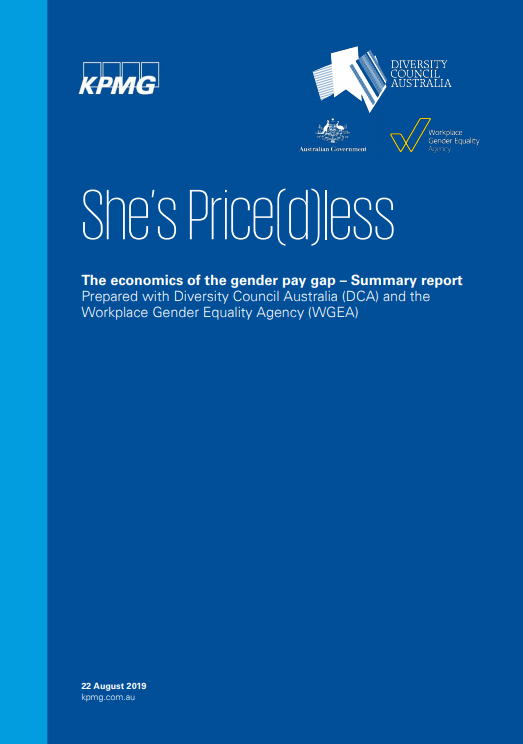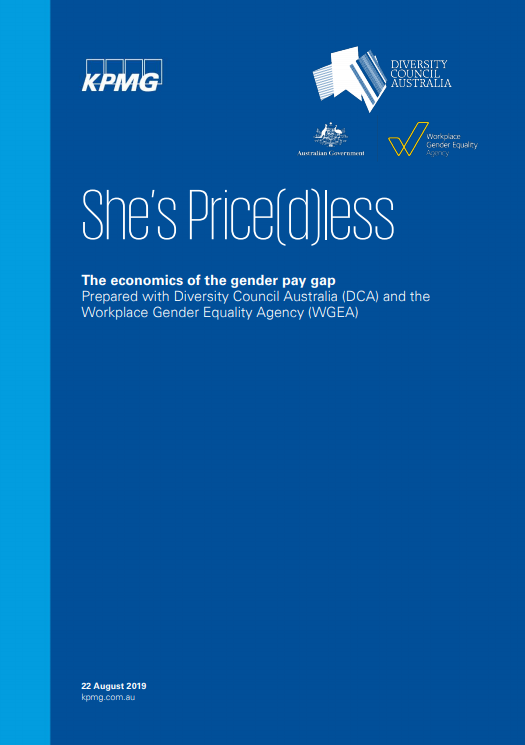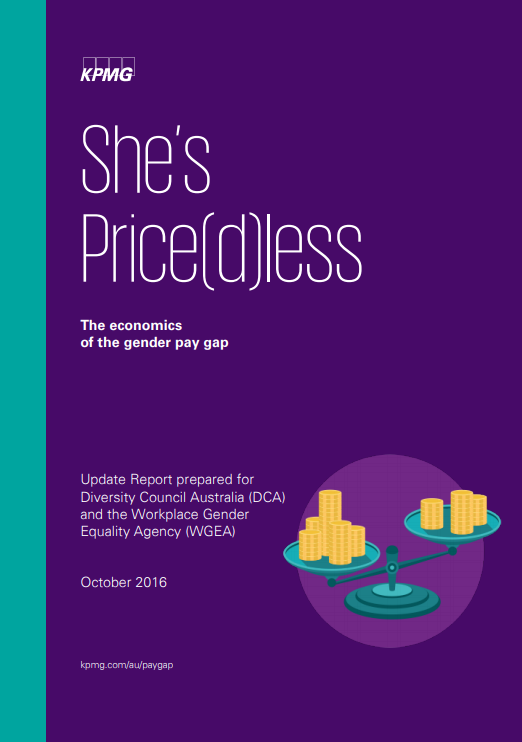Overview
The importance of reducing the gender pay gap transcends productivity gains and economic prosperity. Reducing the gap will improve equality in the workplace.
Despite significant advances in lifting women’s participation in the labour force and women’s pay across industries, and an increased recognition of the value of diversity in the workplace, the gender pay gap continues to persist. In Australia, the gender pay gap, based on full-time average weekly earnings, has fluctuated between 14 per cent and 19 per cent over the past 20 years, based on gender pay gap data published by the Australian Bureau of Statistics(ABS).
The gender pay gap measures the difference between the average earnings of women and men in the workforce. It is not the difference between two people being paid differently for work of the same or comparable value, which is unlawful. This is called equal pay. The gender pay gap is an internationally established measure of women's position in the economy in comparison to men. It is the result of the social and economic factors that combine to reduce women's earning capacity over their lifetime.
Key Findings
Drivers of the gender pay gap
The hourly gender pay gap in Australia reduced from $3.05/hr in 2014 to $2.43/hr in 2017 in today's dollars. The results show that gender discrimination and industrial and occupational segregation persist, and continue to be significant drivers to the gender pay gap.
Our results are summarised below:
